Privacy Policy for Web and Mobile Apps
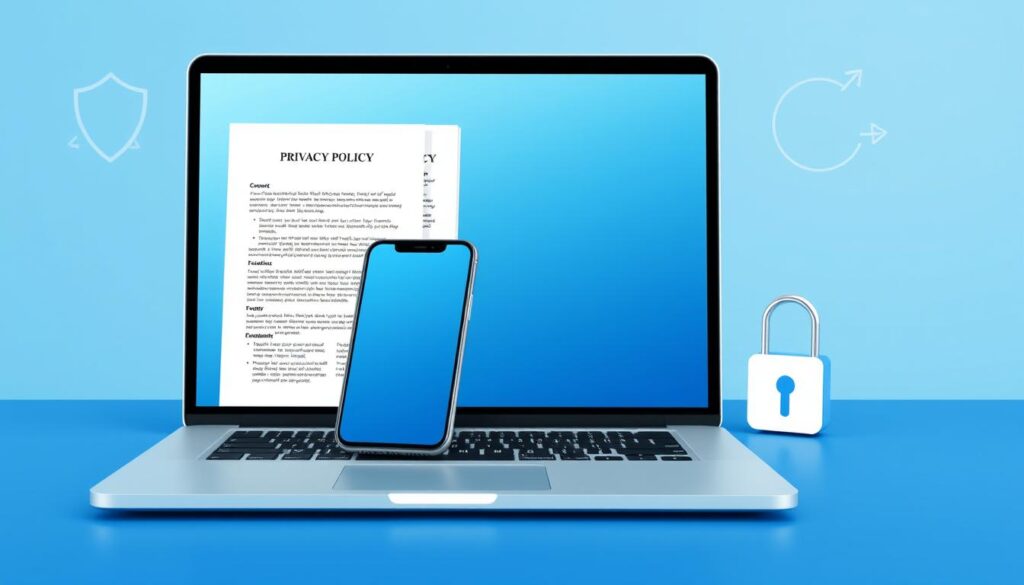
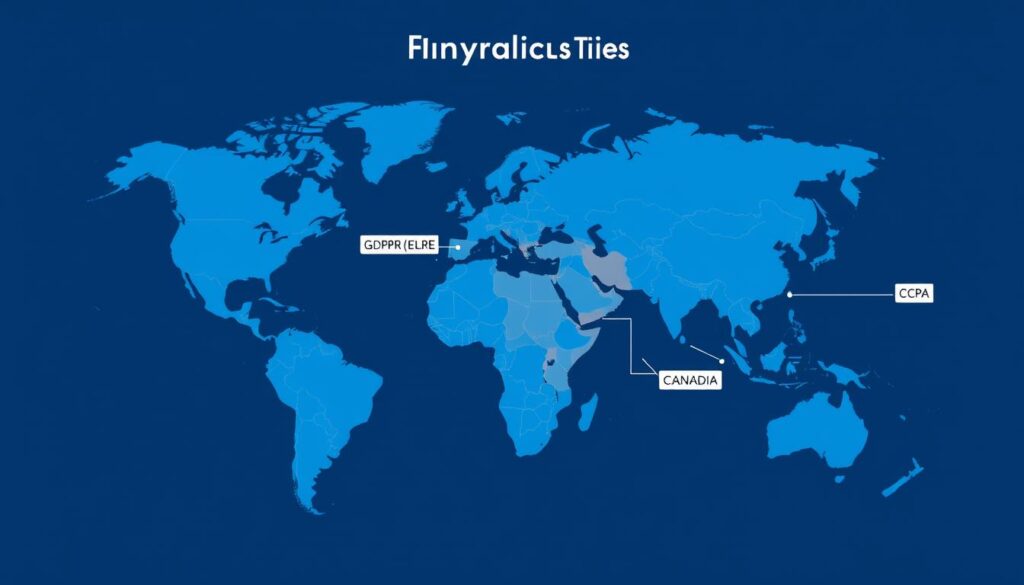
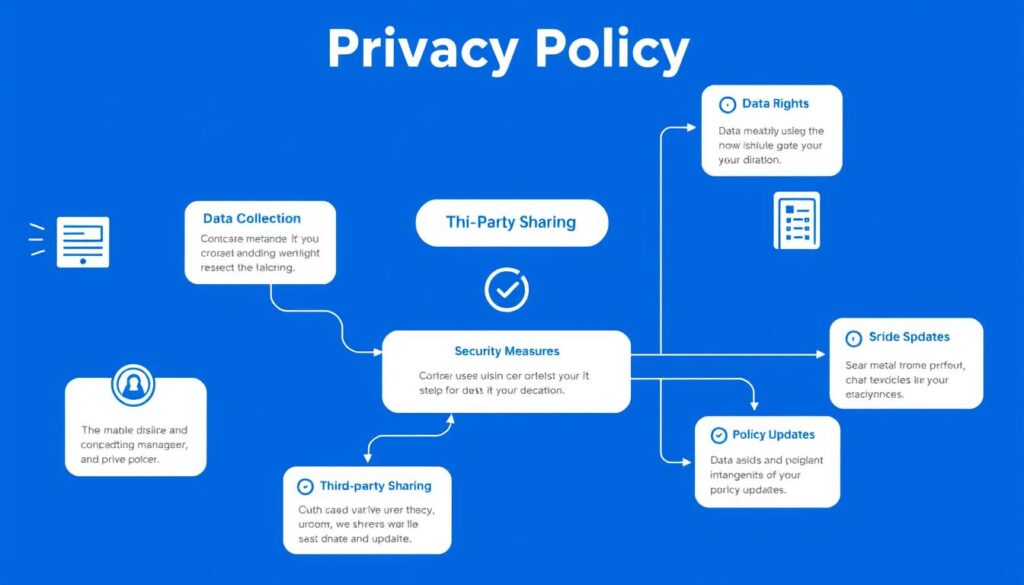
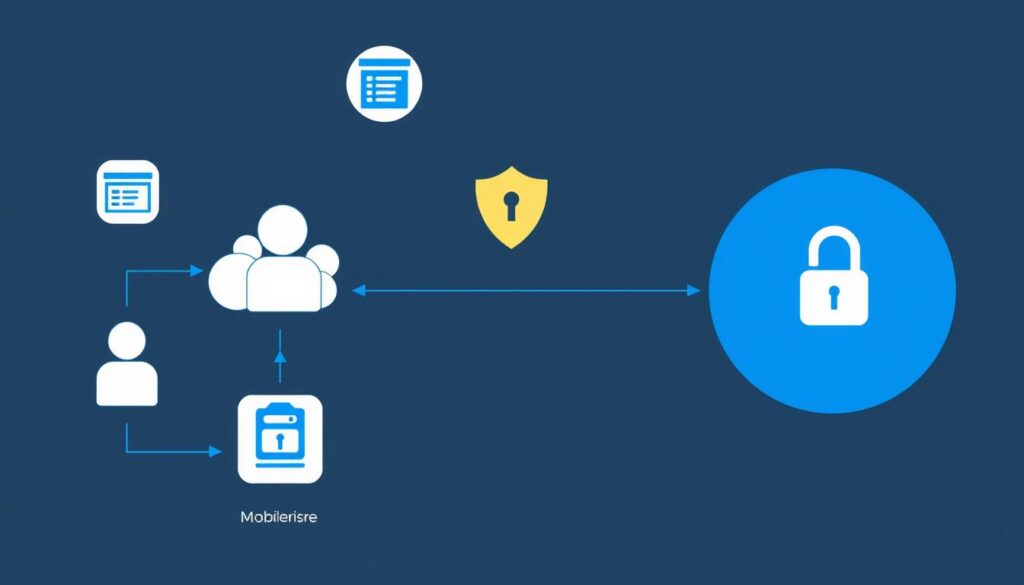
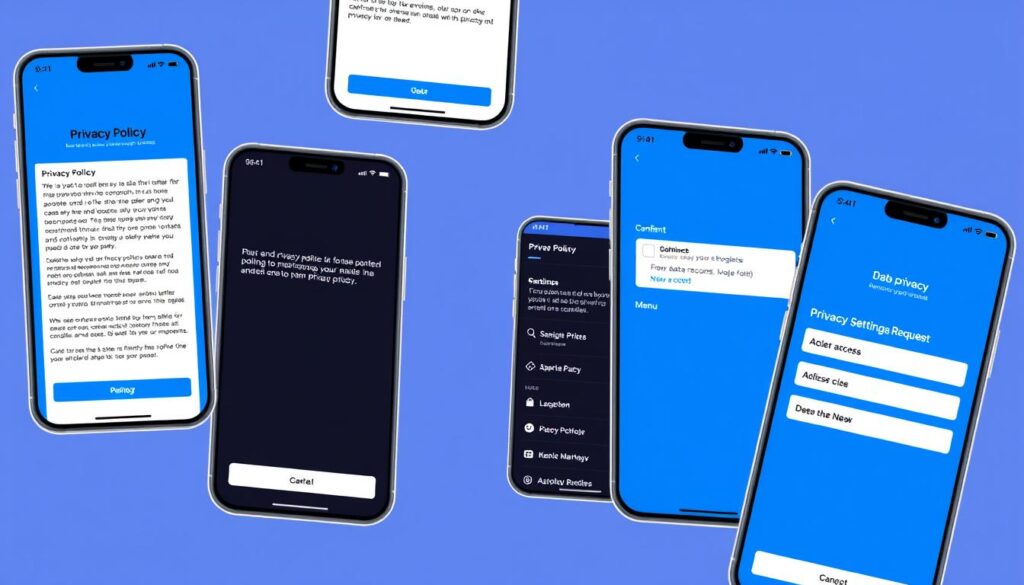
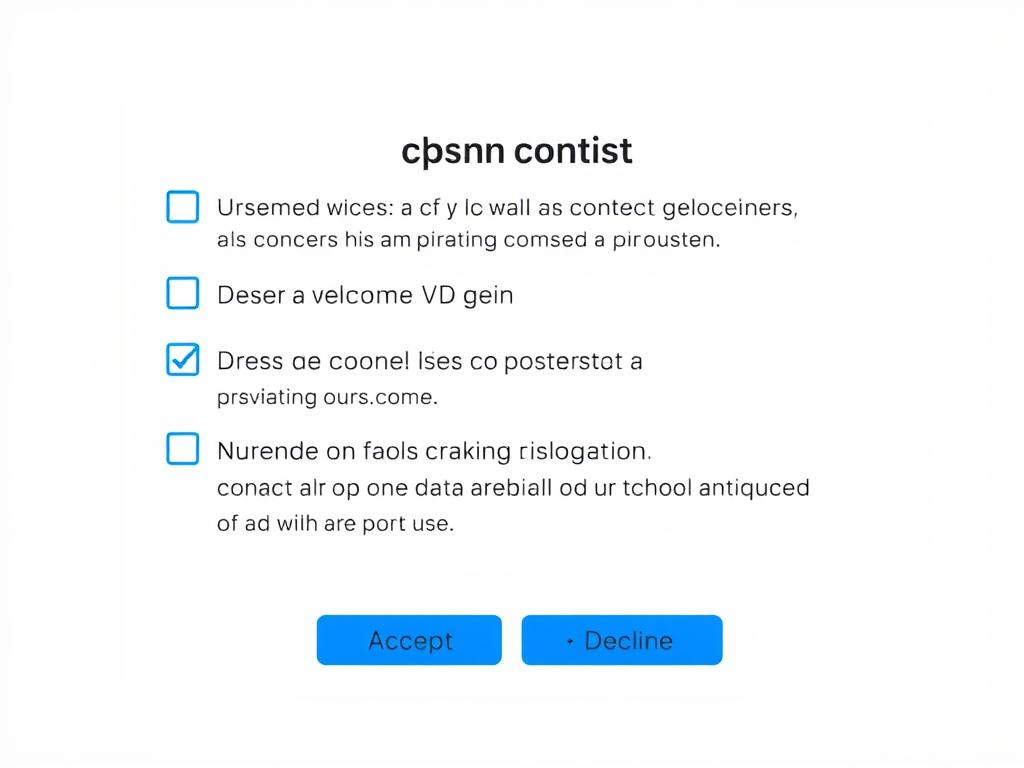
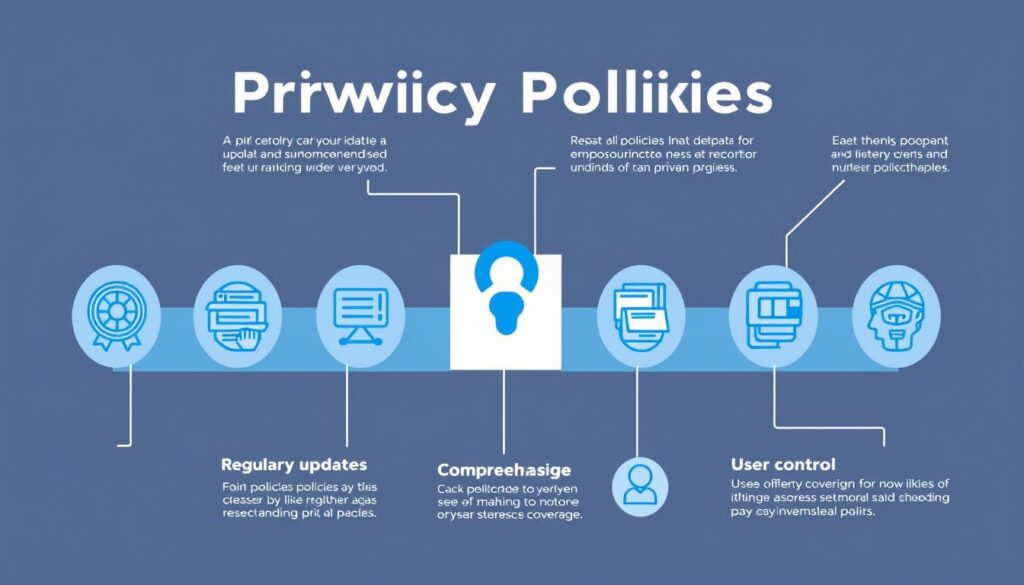

Understanding Privacy Policies for Mobile and Web Applications
A privacy policy is a legal document that outlines how your application collects, uses, stores, and shares user data. For app developers and companies, this document serves as both a legal safeguard and a transparency tool that builds trust with users.
A well-crafted privacy policy protects both users and developers
With data breaches becoming increasingly common and privacy regulations growing stricter worldwide, having a clear, comprehensive privacy policy isn’t just good practice—it’s essential for legal compliance and building user trust.
Why Your App Needs a Privacy Policy
There are several compelling reasons why every web and mobile application needs a privacy policy:
- Legal compliance with various international, national, and regional privacy laws
- App store requirements (both Apple App Store and Google Play Store mandate privacy policies)
- Building user trust through transparency about data practices
- Protection against potential legal liabilities and disputes
- Meeting the requirements of third-party services your app may use
Need Expert Help With Your App’s Privacy Compliance?
Our team specializes in developing privacy-compliant web and mobile applications. Get a free consultation to ensure your app meets all legal requirements.
Key Privacy Regulations Affecting Web and Mobile Apps
Several major privacy regulations impact how apps must handle user data. Understanding these regulations is crucial for creating a compliant privacy policy.
Major privacy regulations around the world affecting app developers
General Data Protection Regulation (GDPR)
The GDPR applies to any app that processes personal data from EU residents, regardless of where the app developer is located. Key requirements include:
- Obtaining explicit consent before collecting personal data
- Providing users with access to their data and the right to be forgotten
- Implementing appropriate security measures to protect user data
- Notifying users of data breaches within 72 hours
- Appointing a Data Protection Officer (DPO) in certain cases
Non-compliance with GDPR can result in fines of up to €20 million or 4% of annual global turnover, whichever is higher.
California Consumer Privacy Act (CCPA) and California Privacy Rights Act (CPRA)
These California laws apply to businesses that collect personal information from California residents and meet certain thresholds. Key requirements include:
- Disclosing what personal information is collected and how it’s used
- Allowing users to opt-out of the sale of their personal information
- Providing users with the right to access and delete their data
- Implementing reasonable security measures
- Special protections for minors under 16 years of age
Children’s Online Privacy Protection Act (COPPA)
If your app targets or knowingly collects information from children under 13 in the US, COPPA compliance is mandatory. This includes:
- Obtaining verifiable parental consent before collecting personal information
- Providing a clear privacy policy that parents can easily access
- Allowing parents to review their child’s information and have it deleted
- Maintaining confidentiality, security, and integrity of data collected from children
Other Notable Privacy Laws
Depending on your user base, you may also need to comply with:
- Personal Information Protection and Electronic Documents Act (PIPEDA) in Canada
- Brazil’s General Data Protection Law (LGPD)
- Australia’s Privacy Act
- Various state-level privacy laws in the US
Platform-Specific Privacy Policy Requirements
Beyond legal regulations, app distribution platforms have their own privacy policy requirements that developers must meet.
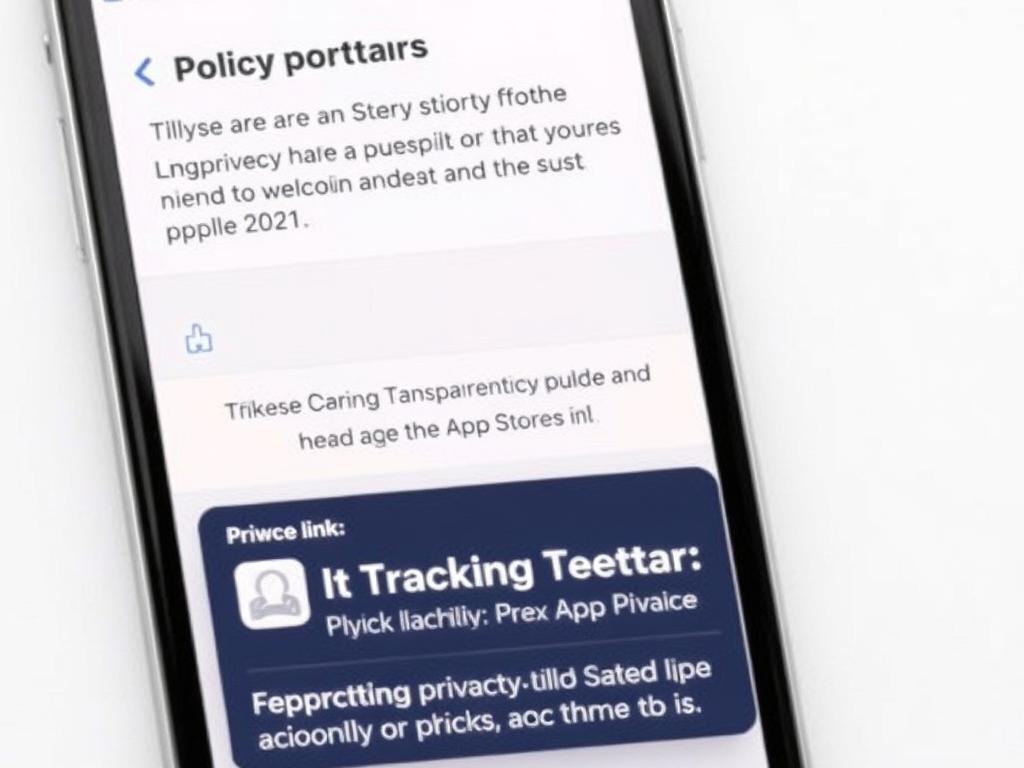
Apple App Store Requirements
Apple has strict privacy requirements for iOS apps, including:
- A mandatory privacy policy for all apps, regardless of whether they collect user data
- Clear disclosure of all data collection practices in the App Privacy section
- Implementation of App Tracking Transparency (ATT) framework for apps that track users
- Privacy policy must be accessible both within the app and on the App Store listing
- Regular updates to reflect any changes in data collection practices
Apple’s App Store privacy requirements and ATT framework
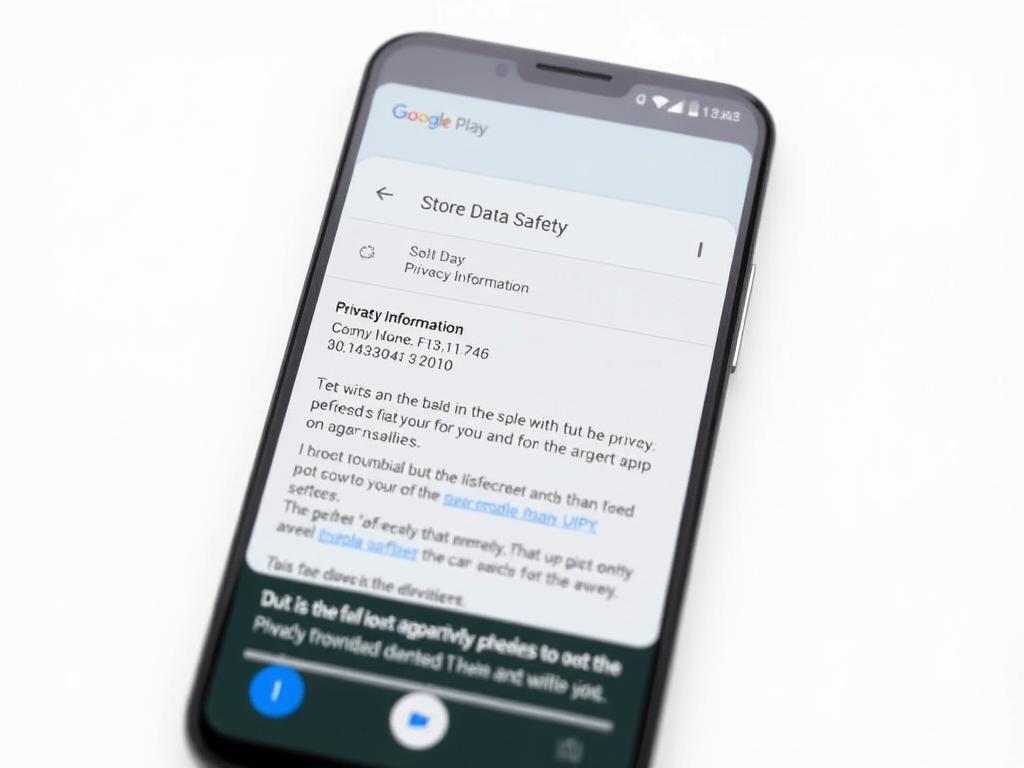
Google Play Store Requirements
For Android apps, Google Play requires:
- A privacy policy for all apps that handle user or device data
- Disclosure of all personal and sensitive user data collection in the Data Safety section
- Clear explanation of how data is used, shared, and secured
- Privacy policy must be accessible from both the app listing and within the app itself
- Regular updates to reflect changes in data collection practices
Google Play’s Data Safety section and privacy requirements
Need a Privacy-Compliant App?
Our development team creates web and mobile applications that meet all privacy requirements from day one. Save time and avoid compliance headaches.
Essential Components of a Mobile App Privacy Policy
A comprehensive privacy policy for your web or mobile app should include several key components to ensure compliance with regulations and build user trust.
Key components every app privacy policy should include
1. Introduction and Overview
Start with a clear introduction that explains the purpose of the policy and your commitment to user privacy. Include:
- Company identification (name, contact information)
- Scope of the policy (which apps, services, or websites it covers)
- Last update date and version number
- A brief statement of your privacy philosophy
2. Data Collection Details
Clearly outline what data your app collects from users. Be specific about:
Personal Information
- Contact information (name, email, phone)
- Account credentials
- Payment information
- User-generated content
- Profile information
Automatic Data Collection
- Device information (model, OS version)
- IP address and location data
- Usage statistics and analytics
- Cookies and tracking technologies
- Crash reports and performance data
3. How Data is Collected
Explain the methods through which you collect user data:
- Direct input (forms, registration, profile creation)
- Automated collection (cookies, analytics tools, SDKs)
- Third-party sources (social media integrations, API connections)
- User interactions with the app (features used, content viewed)
4. Purpose of Data Collection
Clearly state why you collect each type of data. Common purposes include:
- Providing and improving app functionality
- Personalizing user experience
- Analytics and performance monitoring
- Marketing and communications
- Legal compliance and fraud prevention
5. Data Sharing and Third Parties
Disclose who you share user data with and why:
- Service providers and vendors
- Analytics and advertising partners
- Affiliated companies
- Legal requirements (court orders, government requests)
- Business transfers (mergers, acquisitions)
Data sharing flow between your app, users, and third parties
6. User Rights and Controls
Explain what rights users have regarding their data and how they can exercise them:
- Access to personal data
- Correction of inaccurate information
- Deletion of personal data (right to be forgotten)
- Data portability
- Opt-out options for certain data uses
- How to submit requests (contact information, forms)
7. Data Security Measures
Describe how you protect user data:
- Encryption methods used
- Access controls and authentication
- Regular security audits and testing
- Employee training on data protection
- Data breach notification procedures
8. Data Retention Policies
Explain how long you keep user data and why:
- Retention periods for different types of data
- Criteria used to determine retention periods
- Data deletion and anonymization practices
- Exceptions for legal requirements
9. International Data Transfers
If you transfer data across borders, explain:
- Countries where data may be processed
- Safeguards in place for international transfers
- Compliance with cross-border data transfer regulations
10. Policy Updates
Describe how you handle changes to your privacy policy:
- How users will be notified of changes
- When changes take effect
- Version history and archive access
- User options regarding policy changes
11. Contact Information
Provide clear ways for users to contact you about privacy concerns:
- Privacy team or Data Protection Officer contact details
- Physical address
- Email address dedicated to privacy inquiries
- Phone number (if applicable)
- Online contact form
Download Our Free Privacy Policy Template
Get started with our customizable template designed specifically for web and mobile applications. Save time and ensure compliance with major privacy regulations.
Implementing Your Privacy Policy in Web and Mobile Apps
Creating a privacy policy is just the first step. Proper implementation is crucial for both compliance and user experience.
Effective privacy policy implementation across app screens
Where to Display Your Privacy Policy
Your privacy policy should be easily accessible to users. Include it in:
For Mobile Apps
- App store listings (required by both Apple and Google)
- During the onboarding or registration process
- In the app’s settings or account menu
- Within a dedicated “Legal” or “About” section
- At points of data collection (forms, permission requests)
For Web Apps
- Footer of every page
- During user registration
- Account settings page
- Cookie consent banner
- Forms that collect personal information
Obtaining User Consent
Many privacy regulations require explicit consent for data collection. Implement effective consent mechanisms:
- Clear, specific consent requests (avoid bundled consent)
- Checkbox or toggle options for different data uses
- Just-in-time permission requests when accessing sensitive features
- Age verification for apps that may collect data from minors
- Records of consent (timestamp, version of policy agreed to)
Example of a well-designed consent dialog with granular options
Technical Implementation Tips
Consider these technical aspects when implementing your privacy policy:
- Make your privacy policy available offline within the app
- Implement a version control system to track policy changes
- Use a content management system for easy policy updates
- Ensure the policy is responsive and readable on all devices
- Consider implementing a privacy center for larger apps
User-Friendly Design Practices
Make your privacy policy more accessible and understandable:
- Use clear, simple language (avoid legal jargon)
- Organize content with headings and subheadings
- Include a table of contents for longer policies
- Use visual elements like icons or diagrams to explain concepts
- Consider a layered approach (summary + detailed version)
Best Practices for Privacy Policies in Web and Mobile Apps
Follow these best practices to create effective, compliant privacy policies that build user trust.
Key best practices for effective app privacy policies
Transparency and Clarity
Be open and honest about your data practices:
- Avoid vague language and generalizations
- Clearly explain complex concepts in simple terms
- Be specific about what data you collect and why
- Don’t hide important information in legal jargon
- Consider using examples to illustrate data uses
Regular Updates and Versioning
Keep your privacy policy current and track changes:
- Review and update your policy at least annually
- Update whenever your data practices change
- Maintain a version history of previous policies
- Notify users of significant changes
- Consider getting renewed consent for major changes
Customization for Your Specific App
Avoid generic templates without customization:
- Tailor your policy to your app’s specific features and data practices
- Address unique aspects of your app (e.g., health data, children’s features)
- Consider different user types and their privacy needs
- Align with your brand voice while maintaining clarity
Privacy by Design Approach
Integrate privacy considerations from the beginning:
- Collect only the data you truly need (data minimization)
- Build privacy controls directly into app features
- Consider privacy implications of new features before implementation
- Conduct privacy impact assessments for significant changes
- Implement privacy-enhancing technologies where possible
Testing and Validation
Ensure your privacy policy works as intended:
- Test readability with non-legal team members
- Verify that all links and contact methods work
- Ensure the policy is accessible on all devices and platforms
- Consider legal review by privacy law experts
- Test user consent flows and data request mechanisms
Let’s Build Your Privacy-Compliant App
Our development team specializes in creating web and mobile applications with privacy built in from the ground up. Contact us to discuss your project.
Frequently Asked Questions About App Privacy Policies
Get answers to common questions about privacy policies for web and mobile applications.
Do I need a privacy policy if my app doesn’t collect personal data?
Yes, you still need a privacy policy even if you don’t collect personal data. Both the Apple App Store and Google Play Store require all apps to have a privacy policy. Additionally, having a policy that states you don’t collect data builds trust with users and protects you legally. Many third-party services your app might use (like analytics) may also collect data, requiring disclosure.
How often should I update my app’s privacy policy?
You should update your privacy policy whenever there are significant changes to your data collection or processing practices. Additionally, it’s good practice to review your policy at least annually to ensure it remains compliant with evolving regulations. Some privacy laws, like the CCPA, require annual updates. Always notify users when you make substantial changes to your policy.
Can I use a template for my app’s privacy policy?
While templates can provide a good starting point, they should always be customized to reflect your app’s specific data practices. Generic templates without customization may not cover all the necessary disclosures for your particular app and could leave you vulnerable to compliance issues. Consider having a legal professional review your final policy to ensure it meets all requirements.
How do we protect user data in our apps?
We implement multiple layers of security to protect user data, including encryption for data in transit and at rest, secure authentication methods, regular security audits, access controls, and employee training on data protection. We also follow data minimization principles, collecting only what’s necessary for app functionality. Our development process includes security testing at each stage to identify and address potential vulnerabilities.
What’s the difference between a privacy policy and terms of service?
A privacy policy specifically addresses how you collect, use, and share user data, while terms of service (or terms and conditions) cover the broader legal agreement between you and your users regarding app usage. The terms of service typically include user rights and responsibilities, intellectual property rights, liability limitations, dispute resolution, and other legal matters. Both documents are important and complement each other.
Do I need different privacy policies for different countries?
While you can have a single privacy policy that addresses all applicable regulations, you may need to include specific sections or provisions for different regions. Many companies opt for a comprehensive global policy that meets the highest standards (often GDPR) with additional sections addressing region-specific requirements. For apps with a global audience, consider implementing geolocation to show relevant policy sections based on user location.
Get Expert Help With Your App’s Privacy Compliance
Our team specializes in developing privacy-compliant web and mobile applications. Contact us to discuss your project or get a free consultation on privacy requirements for your app.
Creating Privacy-First Web and Mobile Applications
In today’s privacy-conscious digital landscape, incorporating strong privacy practices into your web and mobile applications isn’t just about compliance—it’s about building trust with your users and creating sustainable digital products.
A well-crafted privacy policy serves as both a legal safeguard and a demonstration of your commitment to respecting user privacy. By following the guidelines in this article, you can create comprehensive, compliant privacy policies that protect both your users and your business.
Remember that privacy is an ongoing commitment. As regulations evolve and your app develops new features, regularly reviewing and updating your privacy practices will help ensure continued compliance and user trust.
Our team specializes in developing privacy-compliant web and mobile applications from the ground up. Whether you’re creating a new app or updating an existing one to meet privacy requirements, we’re here to help you navigate the complex landscape of app privacy.
Download Our Free Privacy Policy Template
Get started with our customizable template designed specifically for web and mobile applications. Save time and ensure compliance with major privacy regulations.